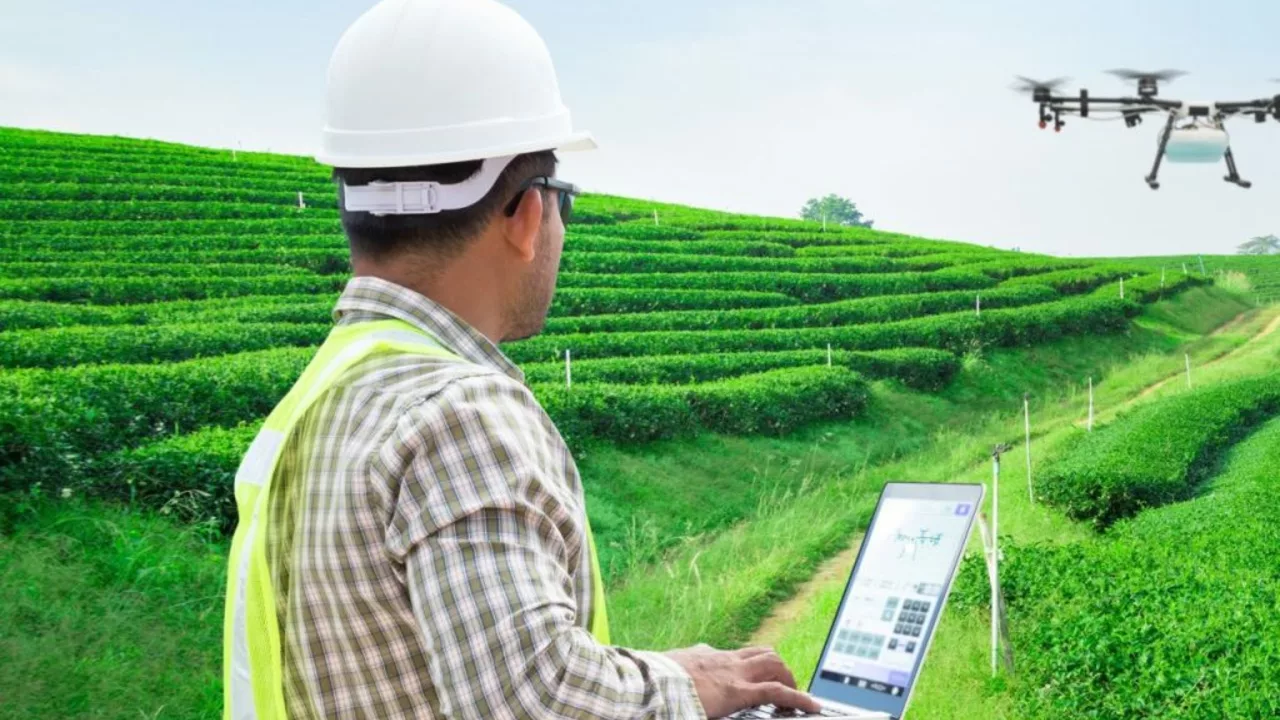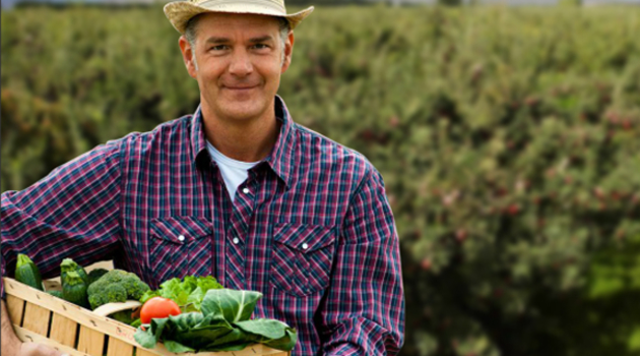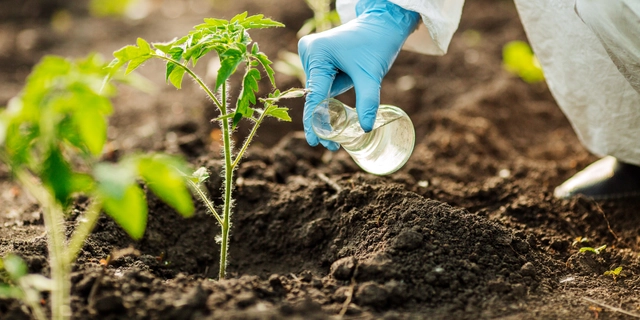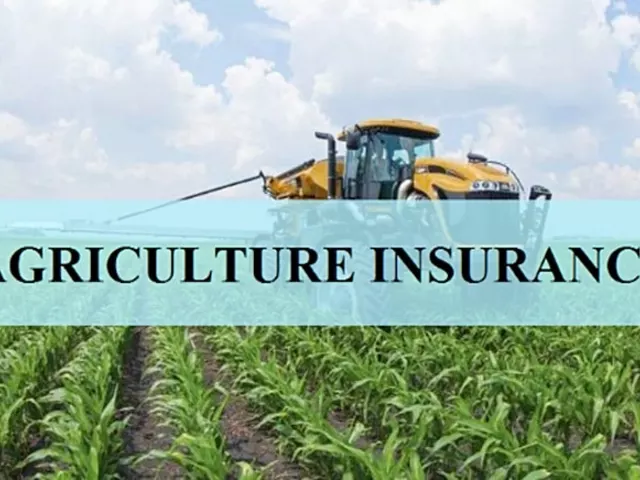Understanding the Intersection of Agriculture and Technology
The rise of technology has made its way into various sectors, agriculture being one of them. The integration of computers and technology in farming has paved the way for precision agriculture. Through the use of algorithms, sensors, and aerial images, farmers can now monitor their crops with more accuracy and efficiency. Despite these benefits, the introduction of computers in agriculture has also brought along a few disadvantages.
The High Cost of Technology
One of the main disadvantages of incorporating computers in agriculture is the high cost. The purchase, installation, and maintenance of computer systems and technology can be expensive for small-scale farmers. Moreover, the need for continuous upgrades to keep up with ever-changing technology trends can further increase the costs. This makes it difficult for small-scale farmers to utilize computer technology efficiently, making it less accessible to those who could benefit the most from it.
Dependence on Electricity and Internet Connectivity
Another key disadvantage of using computers in agriculture is the reliance on electricity and internet connectivity. In many rural areas where farming is prevalent, access to reliable electricity and high-speed internet is often limited. This makes it challenging for farmers to fully adopt and implement computer-based agricultural practices, leading to inefficiencies and potential losses.
Steep Learning Curve and Lack of Technical Skills
Adopting computer technology in farming practices also requires a certain level of technical skills and knowledge. This can pose a challenge especially for older farmers who are not as tech-savvy. The steep learning curve associated with understanding and operating complex computer systems can be a significant barrier to their adoption in the agricultural sector.
Increased Risk of Technical Issues and Failures
Computers, like any other technology, are prone to technical issues and failures. These can range from minor software glitches to major hardware faults that can disrupt farming operations. Not only can these technical failures cause delays, but they can also lead to significant financial losses if not resolved promptly.
Data Security Concerns
With the use of computers comes the risk of data security breaches. Sensitive information related to farming operations, such as crop yields, production strategies, and financial data, can be vulnerable to hacking and unauthorized access. This can result in significant losses and potentially damage the reputation of the farm or agricultural business.
Environmental Impact
While computers and technology can help improve agricultural efficiency, they also come with their own environmental footprint. The production and disposal of computers contribute to e-waste, which can have harmful effects on the environment. Moreover, the energy consumption of computer systems can also contribute to greenhouse gas emissions.
The Risk of Over-Reliance on Technology
Lastly, the use of computers in agriculture can potentially lead to an over-reliance on technology. This could result in a loss of traditional farming skills and knowledge. While automation and precision farming can improve efficiency, they cannot replace the practical experience and wisdom gained through years of hands-on farming.
Striking a Balance: The Future of Computers in Agriculture
In conclusion, while the use of computers in agriculture carries many potential benefits, it also brings several disadvantages. The high cost, dependence on electricity and internet, steep learning curve, risk of technical failures, data security concerns, environmental impact, and risk of over-reliance on technology are all important factors to consider. It is crucial to strike a balance between leveraging technology and preserving traditional farming practices to ensure a sustainable future for agriculture.





